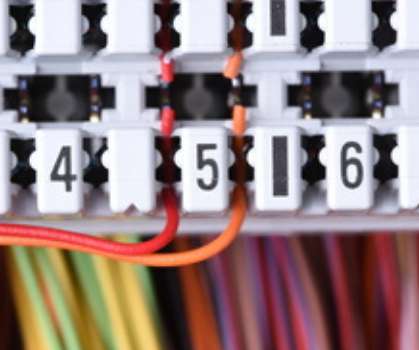The COVID-19 Supply Chain Hit Could Trigger Recession in Australia
Logistics Bureau
MARCH 10, 2020
Because of its reliance on exporting raw materials to, and importing consumer goods from, China, Australia has more to lose than other countries. He was referring to the 2003 Severe Acute Respiratory Syndrome which was estimated to have wiped US$40 billion off the global economy. percent and 0.8 percent in the first year.















Let's personalize your content